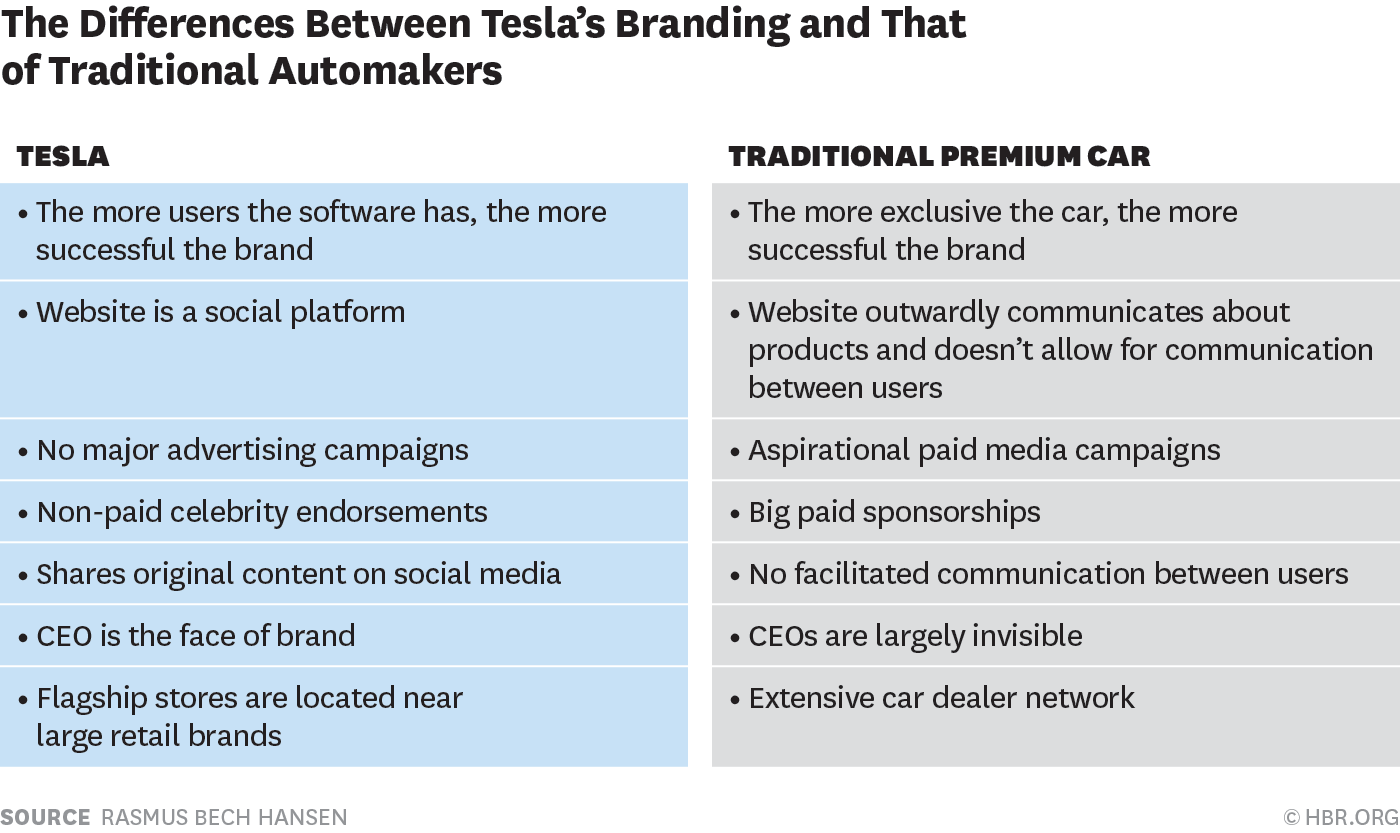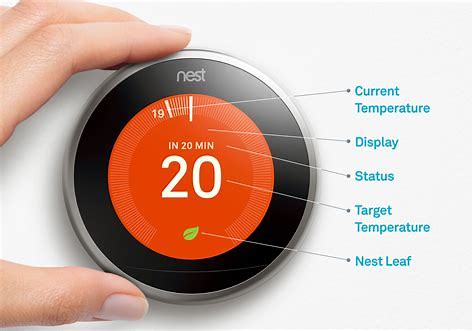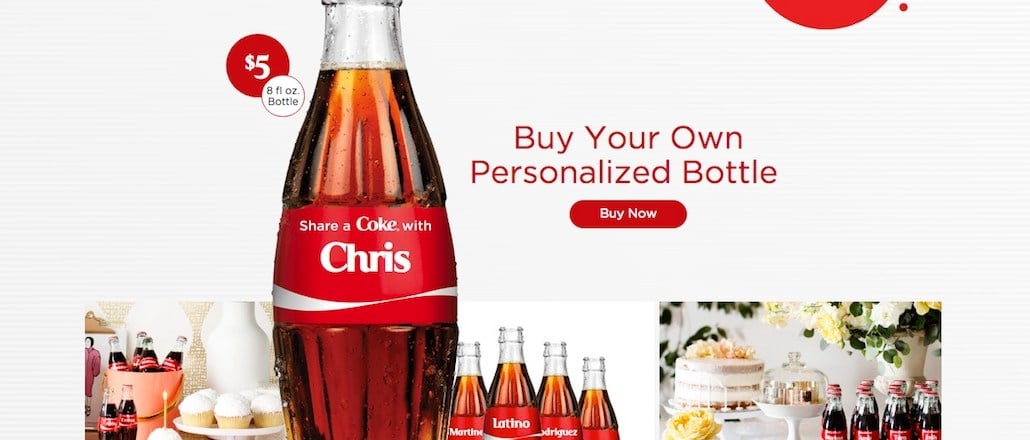Table of Contents
It’s a brand-new world when it comes to building brands is the title of an article published in Adweek by Erich Joachimsthaler, a former professor at Harvard University and founder and CEO of the international consulting and marketing firm Vivaldi. The title looks at how the world has changed, and provides a very clear message for anyone who wants to – or has to – start designing brands that suit modern markets and consumers.
Just creating a successful brand is challenging enough, and increasingly important too, if you consider that while in 1988 on average Fortune 500 companies took twenty years to become unicorns – that is to reach a $1 billion valuation – for newcos this has reduced by 90% to just two years!
What is a brand?
The question I’d like to start with – What is a brand? – appears simple, but it actually hides various pitfalls.

You almost certainly know this already, but it is worth remembering that a brand is different, and much more extensive, than a logo.
On his blog, the global marketing expert Seth Godin describes brands as follows:
“The set of expectations, memories, stories and relationships that, taken together, account for a consumer’s decision to choose one product or service over another. If the consumer (whether it’s a business, a buyer, a voter or a donor) doesn’t pay a premium, make a selection or spread the word, then no brand value exists for that consumer.”
A brand is a promise a company makes to its customers to provide functional benefits (“I buy this brand because their product will help me to…”, emotional benefits (“when I buy or use this brand, I feel…”), social benefits (“when I buy or use this brand, the type of person I come into contact with is…”) and self-expressive benefits (“when I buy or use this brand, I am…”). Any strategy, or even simple operation, designed to increase brand value must focus on three areas:
- Brand awareness
- Brand association
- Brand loyalty
All powerful, meaningful brands are underpinned by a strong vision that makes it incisive and viral, encouraging people to think positively about it and over time forging a strong link with people. This vision ensures the company goes in the right direction, inspires and justifies the brand’s strategy and development, and allows the manager to stay on course when things go pear-shaped for a certain length of time or for a particular reason.
How the digital world is putting brands to the test
While brands remain strategically important assets of enormous value to companies, something has changed in recent years, mostly due to the advent of digital.
One important term used to develop many projects was borrowed from the language of advertising and marketing: a brand platform, which contains a depiction of a brand’s identity that allows it to communicate and clarify its mission, vision, positioning, purpose, brand benefits, personality, visual elements and tone of voice.
A brand platform plays the crucial role of directly influencing the archetypes, meanings and symbols that enter our head when we come into contact with a brand.
The concept of a brand platform remains valid today, and is essential when designing a brand’s positioning. But it is no longer sufficient when designing modern brands, because it only describes a limited part of the brand’s transformation – it needs to be completed and built upon, using a wider approach. In analysis conducted in 2016, the CEO of Speakeasy Guild John Winsor described moving from a brand platform to viewing brands as true digital platforms:
“By definition, platform has two meanings. First, it is a declaration and documentation of a point of view, for example a political party’s platform. Second, it’s a physical base structure that can hold people, things and be built upon. […] Historically, brands have thought about themselves as the first definition, a declaration of who they are and what they stand for, a one to many conversation that worked well in the world of broadcast media. However, in the age of digital transformation, brands need to shift their thinking and become a foundation for the ecosystem that surrounds them, allowing for connection and growth through the brand. […] Brands must invite their consumers in, creating a physical or digital space that can drive connections among all – a many to many conversation – a platform. Platforms are at the core of successful digital transformation.”
By creating experiences that people want to share, they meet consumers exactly where they are at that moment in time. Rasmus Bech Hansen described the brand network effect, expanding on the meaning of the network effect, where the value of services and technologies increases when the number of people using them goes up. As these communities grow, the branding becomes exponentially stronger. The former CEO of Havas, David Jones, called this phenomenon BrandTech.
An interesting case study is Tesla, a brand with a digital heart that thinks and acts differently from its more traditional competitors in the automotive industry.

However, it is not just about technology, as proven by Walmart‘s Reimagined Centers project, which aims to further develop people’s sense of community by creating a space where they can meet to have fun, play sport or eat.
H&M boosted its department dedicated to innovation and new business models (the Laboratory) by applying the same network effect, but with a ‘local twist’: it launched a range aimed just for one city – Berlin and its inhabitants – available exclusively in the brand’s shops located in the German capital. The clothes and accessories were designed based on data gathered in the months leading up to the launch, which were crucial for identifying and selecting the latest fashion trends: the silhouettes, colours, materials and patterns most sought after by locals. And they did all this in a very short space of time: just three weeks from developing the collection to it entering stores.

Using the MACE framework to build brands with a modern DNA
Now we’ve fleshed out the concepts and vision that underpin effective digital branding, let’s look at some practical steps you can take, using the MACE framework.
This is a model devised by Professors William and David Collis who, taking inspiration from one of the most successful sectors in digitally native brands – e-sports (ever heard of Fortnite?) – proposed looking at four different areas.
- Mastery: give consumers non-transferable rewards as they use your product and engage with your brand. For example, the Google Nest thermostat (a brand owned by Alphabet that comprises various smart interconnected products for the home) keeps track of users’ energy savings using a leaf symbol – the Nest leaf. Over time, this icon becomes increasingly difficult to achieve and activate on the display, and therefore continuously engages users, encouraging them to increase their savings and efficiency.

- Accessibility: make your brand easily available to as many people as possible using three simple rules. First of all, make your entry-level products very cheap, or free if possible. Some digital brands like Amazon even pay customers small amounts – perhaps £5 or £10 – to encourage them to launch or use specific products (such as Prime Video) that suit the company, to expand its exponential potential. Subscription models are popping up everywhere – from content (such as Spotify) to food (such as various subscription box services), with a product or service provided on a regular basis upon receipt of a monthly subscription. Secondly, use as many sales channels as you can. And finally, design your brand and products to appeal to younger users and first-time customers.
- Cadence: your brand must become a true content machine, capable of continuously producing content both through original work and with the help of customers (user-generated content). Have you read my article dedicated to getting customers talking about you and your brand on social media?). This means taking risks. Take IGA Extra Marché Famille Julien, for example, a chain of Canadian supermarkets that in March 2019 launched an initiative to help singles get to know one another through a special traffic-light system on its trolleys. Just the post announcing the initiative on Facebook received over 11,000 likes and 15,000 shares in its first five days after publication – not to mention the new couples that met because of it! The supermarket therefore became a brand bridge, capable of weaving together hundreds of stories, experiences and bonds. The Japanese firm Rohto did something similar, but with a different initiative. Limited-edition packaging for its sun cream Skin Aqua was printed in mirror-image, to encourage people to take selfies and photos with the product.
- Ensnarement: finally, the brand must become a ‘trap’. It’s not a pretty metaphor, but it’s the result all business owners and managers aspire to: the ability to make the brand or product range fully integrated and essential to people’s lives and habits. Once again, the digital channel can achieve this: think how many hours we spend on social media, or, once again, playing e-sports. Or consider viral marketing, as Coca-Cola did with its famous Share-A-Coke campaign, writing lots of common names on bottles to encourage people to hunt them out and exchange them. The result was a boost to sales of over 10%… But you can also keep hold of customers through the network effect: as well as Nest, which manages to keep a lot of its audience because it belongs to Google, consider what you can achieve simply by allowing customers to pay for a service using a certain tool (Satispay, for example) rather than another.
 “It’s a brand-new world when it comes to building brands”
“It’s a brand-new world when it comes to building brands”
As you’ve seen in some depth in this article, designing a twenty-first-century-proof brand is no easy matter. A lot of the approaches used in traditional design still apply, but many new paradigms are derived from digital media and their underlying philosophy.
Have you already started designing your brand and communication with the future in mind? Grab a pen and paper and work out how to start introducing the hints and ideas I’ve shared in this article into your design.

